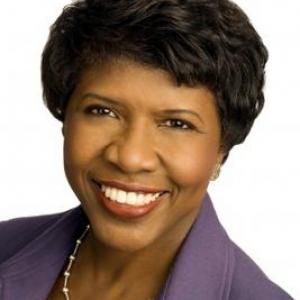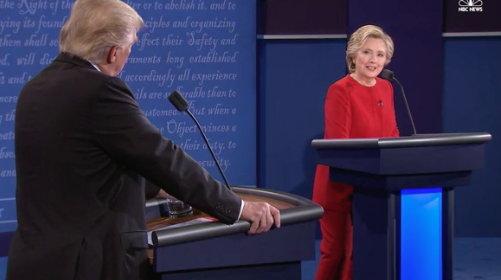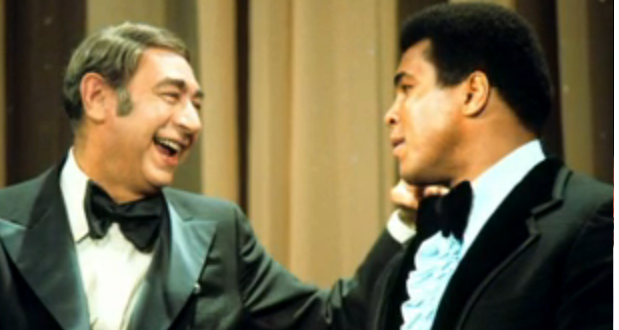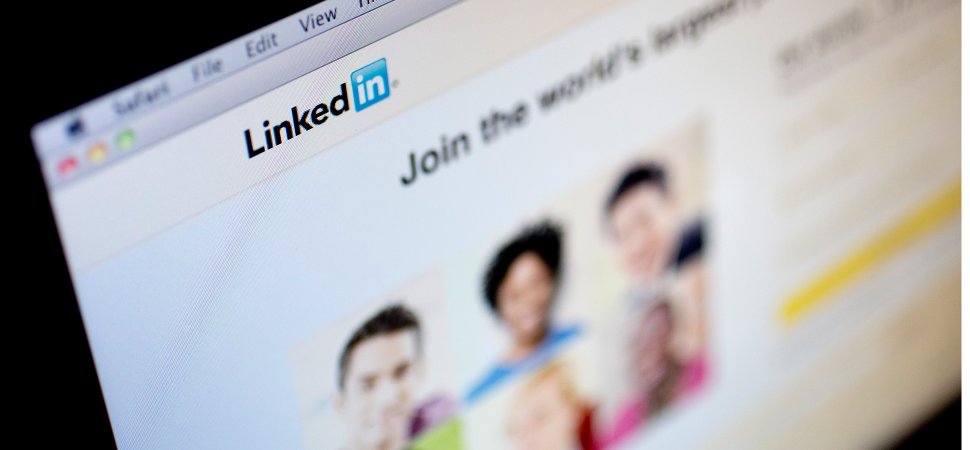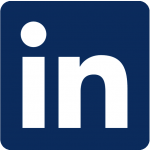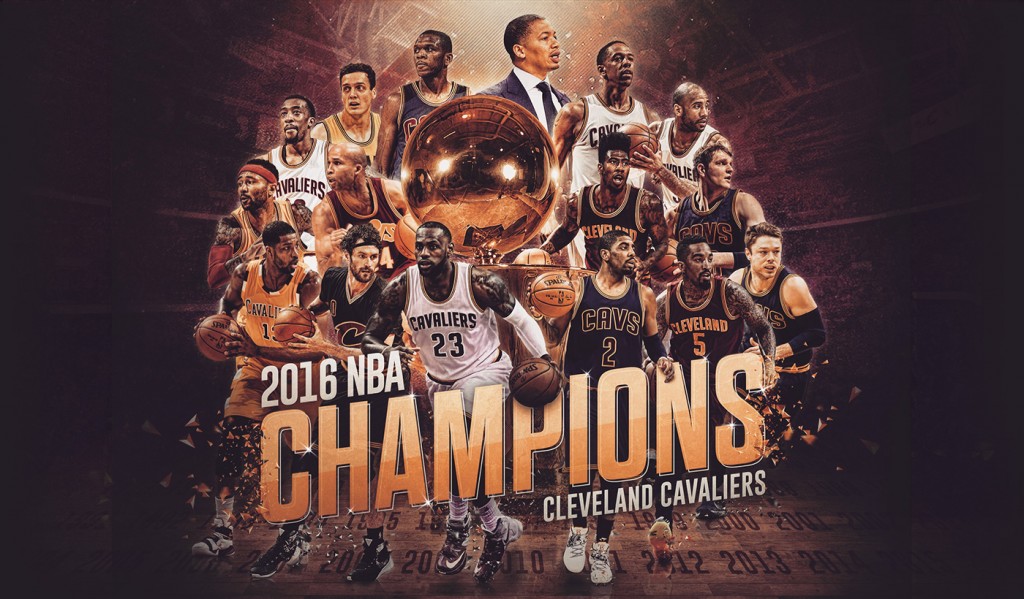
National Basketball Association
Anyone who has read Patrick Lencioni’s seminal book, The Five Dysfunctions of a Team, knows that when lack of trust exists in a team, the team will implode. Real trust, on the other hand, builds a solid foundation for any team’s success. Trust is what we have witnessed in the Cleveland Cavaliers this season. Trust provided an iron-clad bond that allowed the team to rise above adversity and win the 2016 NBA championship.
Trust perseverance. At the beginning of this NBA season, no one predicted that the Cleveland Cavaliers would make it into the finals, let alone win the national championship. Yet, that’s exactly what happened on June 19. Against all odds, the Cavaliers made NBA history, coming back from trailing the Golden State Warriors 3-1 at the end of Game 4. The Cavaliers is the first team in NBA history to win a championship from such a significant deficit stance, especially facing a team with the “most games won” record in the NBA this year.
Trust ability. The synergy between LeBron James and Kyrie Irving was palpable. In Game 5, the dynamic duo each scored 41 points in the game, breaking an NBA record. In Game 7, LeBron James stormed down the court at record speed to powerfully block Warriors player Iguodala’s layup, now known as The Block. Moments later, Kyrie Irving outmaneuvered Steph Curry’s defensive block and shot a three-pointer, another game changing move.
Trust risks. There were absolutely some nail-biting moments, especially in Games 5, 6, and 7. There were some risky moves, switched-up strategies, and fresh approaches. The Cavs coaching staff and team took risks, and they paid off.
Trust the plan. When LeBron James returned to Cleveland in 2014, he publicly committed to bringing an NBA championship to the city. The Cavs came close in 2015, yet the championship went to the Golden State Warriors. LeBron let the fans know that this 2016 championship was for them.
Trust the leadership. Coach Tyronn Lue (I call him Cool Hand Lue), who was elevated into the head coach position mid-season this year, possesses a consistently cool persona, especially in tough times. He never wavers. He never loses his temper. If he questions a referee’s call, he does it in a respectful way. Just five months into his new position, he led the Cavs to a national championship victory. In my opinion, the Coach of the Year Award should go to Lue, because he earned it. MVP LeBron James leads, motivates and inspires his fellow team players to push the limits. In interviews, every player spoke of LeBron’s tremendous leadership, generous spirit and commitment to the team. At the victory rally, LeBron gave accolades to every player for his individual contribution to the team’s success: “I’m nothing without this group behind me. I’m nothing without this coaching staff. I’m nothing without this city.” And let’s remember Cavaliers owner and businessman Dan Gilbert, who has invested millions in downtown Cleveland and in the Cavaliers team. His vision of a championship team began years ago.
Trust the vision. Cavs fans were in shock when longtime Cavs player Andy Varejao was traded mid-season, in exchange for three players: J.R. Smith, Richard Jefferson and Channing Frye. The irony? Varejao joined the Golden State Warriors. Think about how differently this season could have ended without the critical plays of Smith, Jefferson and Frye.
Trust advocates. The city’s celebration began the moment Game 7 ended, with fans crowding downtown Cleveland, welcoming the team home the following day at Cleveland Hopkins International Airport and a record estimated 1.3 million people to celebrate at a homecoming parade and rally on June 22. I was part of that 1.3 million crowd and have the sunburn to prove it. Standing for more than four hours and sandwiched in with a sea of other Cavs fans, it was worth every minute. My husband and I were proud to be part of this historic moment in our city. Yes, we have the souvenir T-shirts, caps, pennant, license plate frame, poster, and commemorative newspapers that will never be sold on eBay!
What does this championship mean to the people of Cleveland and to the State of Ohio? Everything. Cleveland is a great city. I love living here. The city has carried many titles – and promotional slogans – over the years: Best Location in the Nation. Comeback City. All-American City. More recent additions: Believeland and a favorite, LeBronland. Whatever you call it, it’s home to the 2016 NBA Champions, the Cleveland Cavaliers, and to MVP LeBron James. And we know, there’s no place like home.
Thank you, Cleveland Cavaliers, for the best 2015-16 season, and for demonstrating trust in action.
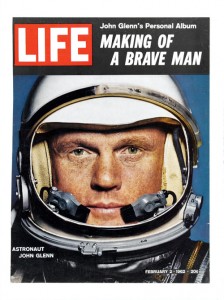 The word “gentleman” evokes a bygone era, yet, treasured American hero John Glenn reminded us through his actions exactly what the word meant. He was a gentleman and a gentle man.
The word “gentleman” evokes a bygone era, yet, treasured American hero John Glenn reminded us through his actions exactly what the word meant. He was a gentleman and a gentle man.
